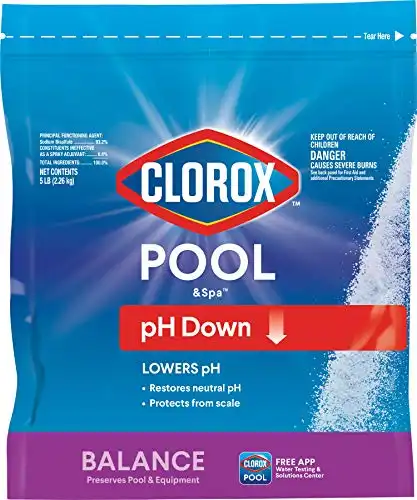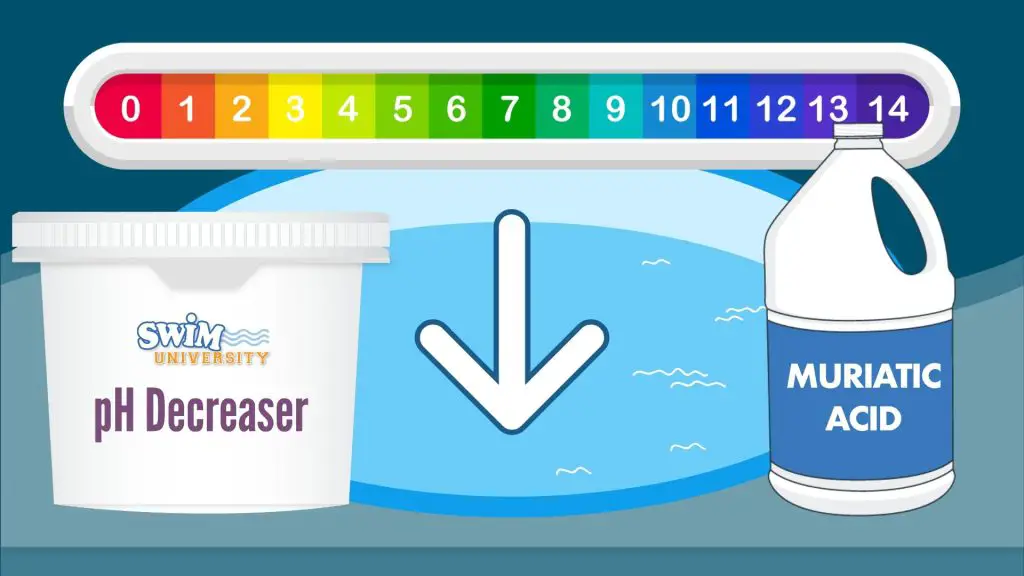Having a well-maintained swimming pool is essential for ensuring the safety and enjoyment of swimmers. One crucial aspect of pool maintenance is monitoring and adjusting the pH levels of the water. pH is a measure of how acidic or basic the water is, and it is important to keep it within the optimal range to prevent issues such as skin and eye irritation, equipment damage, and poor water clarity. If you find that the pH level in your pool is too high, here are some effective ways to bring it down:
1. Test the pH Level
The first step in correcting high pH levels in your pool is to test the water using a pool water testing kit. This will give you an accurate reading of the pH level so that you can determine how much adjustment is needed.
2. Use Muriatic Acid
Muriatic acid, also known as hydrochloric acid, is a common chemical used to lower the pH in pools. It is important to handle muriatic acid with care, following all safety precautions provided on the product label. Add the acid to the pool in small increments, allowing time for it to circulate before retesting the pH.
3. Add Sodium Bisulfate
Sodium bisulfate, also known as dry acid, is another effective pH decreaser for pools. It is available in granular form and can be added directly to the water. Follow the manufacturer’s instructions for the proper dosage based on your pool size and current pH level.
4. Use CO2 Injection
Carbon dioxide (CO2) injection systems are another option for lowering the pH in a pool. These systems work by injecting CO2 gas into the water, which reacts with the water to form carbonic acid, effectively lowering the pH level. CO2 injection systems are more commonly used in commercial pools but can also be installed in residential pools.
5. Consider Using pH Reducer Products
There are various pH reducer products available on the market specifically designed for lowering the pH in pools. These products come in liquid or granular form and are easy to use. Be sure to follow the manufacturer’s instructions for the correct dosage and application method.
6. Increase Pool Aeration
Increasing the aeration of your pool water can help to naturally lower the pH level. This can be achieved by running water features such as fountains or waterfalls, using a pool aerator, or simply allowing the water to splash into the pool from a higher point. Aeration helps to off-gas carbon dioxide, which can contribute to lowering the pH.

Credit: www.swimuniversity.com

Credit: m.youtube.com
7. Monitor and Retest
After making adjustments to lower the pH level in your pool, it is important to monitor the water regularly and retest the pH to ensure that it remains within the desired range. pH levels can fluctuate due to various factors, so ongoing monitoring and maintenance are key to keeping your pool water balanced.
8. Seek Professional Help
If you are unsure about how to safely lower the pH in your pool or if you are experiencing persistent pH issues despite your efforts, it may be best to seek the help of a professional pool service provider. They have the expertise and knowledge to assess your pool water chemistry and recommend the most suitable solutions to bring down the pH level effectively.
By following these tips and methods, you can effectively bring down the pH in your pool and maintain a safe and enjoyable swimming environment for you and your family. Remember that proper pH balance is essential for overall pool water quality and the longevity of your pool equipment.




